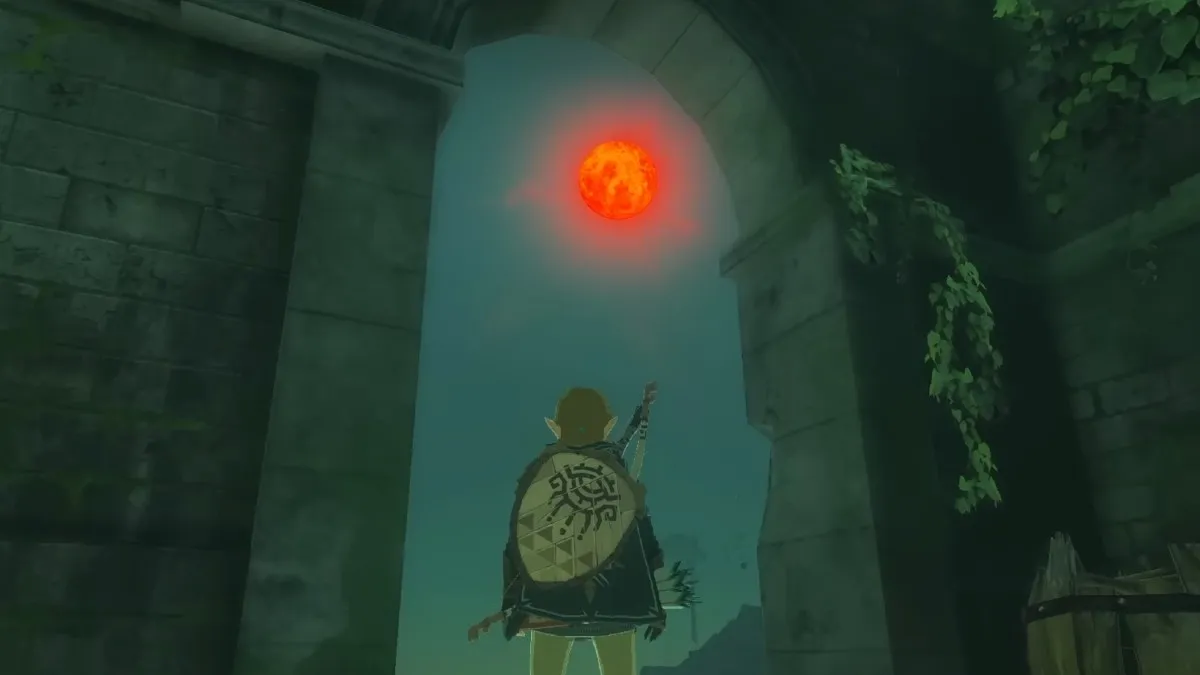The Blood Moon in The Legend of Zelda: Tears of the Kingdom is more than just a cool feature; it’s also a technical killswitch to prevent memory overload of the Nintendo Switch hardware. Under normal circumstances, the Blood Moon rises every in-game week, resetting the world state in the process. However, players have also discovered that they can force a Blood Moon through stressing the game by causing too much to happen at once. As such, the mechanic effectively flushes the game’s memory and cleans up Hyrule to keep things running smoothly.
The feature was discussed at length in a recent article on Polygon, which included specific examples of how players face forced it to happen. They also spoke with one of the game’s “expert builders”, MiztrSage from the Hyrule Engineering subreddit, who explained that “the game has a built-in memory ‘refresher’ which automatically triggers a blood moon once you start ‘pressuring’ the game with, for example, too many objects in Link’s vicinity. The blood moon then removes all the objects around you that caused this overload and resets enemies.”
It’s a stark contrast to something like Skyrim, where the decision to track every physical item in the game in perpetuity led to ballooning save file sizes, longer load times, and increased crashes the more you played. Moreover, the Blood Moon in Tears of the Kingdom seems like a really elegant solution to a problem that could otherwise have buckled the game’s performance, and it’s always fascinating to see the ingenuity of developers.






Published: Aug 17, 2023 07:26 pm